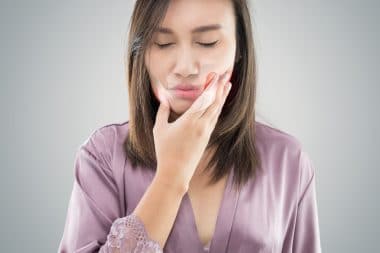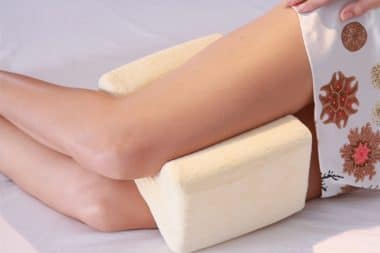Juvenile arthritis aka, pediatric arthritis, affects nearly three hundred thousand young persons under the age of eighteen. Ambulatory care visits for pediatric arthritis and rheumatologic conditions averaged 827,000 annually, juvenile arthritis is one of the most common childhood diseases in the United States.

- Pain and inflammation of the joints
- Limited range of motion
- Joint contracture, results of holding painful joints in flexed positions
- Cartilage and joint damage, leading to the eventual deformity of the joint
- Stunted growth caused by altered bone growth
There are several types of juvenile arthritis:
- Polyarticular juvenile rheumatoid arthritis (JRA) – or juvenile idiopathic arthritis (JIA) – typically affects five or more joints. This type of juvenile arthritis usually affects girls, and most commonly affects the knees, wrists and ankles. May also affect the hips, neck, shoulders and jaw, and usually affects the joints bilaterally.
- Pauciarticular juvenile rheumatoid arthritis (JRA) – or juvenile idiopathic arthritis (JIA) – affects typically four or fewer joints. Typically affects the knees, ankles or wrists, and generally affects unilaterally. Sometimes causes eye inflammation (uveitis), this occurs most often in young
girls who have positive anti-nuclear antibodies (ANA). - Systemic onset juvenile rheumatoid arthritis (JRA) – or juvenile idiopathic arthritis (JIA) ” “ typically affects both sexes equally. Often causes very high fevers for days or months, light red rashes often develop on the chest, thighs and often other parts of the body. This type typically affects the small joints of the hands, wrists, knees and ankles.
- Juvenile Spondyloarthropies – including ankylosing spondylitis, seronegative enthesopathy and arthropathy syndrome. These are a group of diseases involving the spine and joints of the lower extremities, most commonly the hips and knees.
- Juvenile Psoriatic Arthritis – this type of arthritis affects girls and boys, usually occurs in association with the skin condition psoriasis.
- Juvenile Dermatomyositis ” “ this type of arthritis is an inflammatory disease, it causes muscle weakness and is characterized by a skin rash that affects the eyelids.
- Juvenile Systemic Lupus Erythematosus ” “ this is an autoimmune disease often associated with skin rashes, arthritis, pleurisy, kidney disease and neurologic movement.
- Juvenile Vasculitis ” “ this is an inflammation of the blood vessels, it can be both a primary childhood disease and a feature of other syndromes, some of these include dermatomyositis and systemic lupus erythematosus.
 Causes of juvenile arthritis are unknown; although there is no evidence that it is caused by any foods, allergies, toxins, or vitamin deficiencies, it is however, known to not be contagious. Proper diagnosis involves blood and urine testing and also x-rays and MRI may be utilized to check for joint or organ damage.Treatments for these conditions are usually under the care of a pediatric rheumatologist, treatments are to control pain and inflammation. These may be anything from occupational therapy, proper diet and exercise to medications such as Nonsteroidal anti-inflammatory drugs (NSAIDs).Corticosteroids such as prednisone is also prescribed to relieve inflammation, this may be prescribed orally or injected into joints that are inflamed.
Causes of juvenile arthritis are unknown; although there is no evidence that it is caused by any foods, allergies, toxins, or vitamin deficiencies, it is however, known to not be contagious. Proper diagnosis involves blood and urine testing and also x-rays and MRI may be utilized to check for joint or organ damage.Treatments for these conditions are usually under the care of a pediatric rheumatologist, treatments are to control pain and inflammation. These may be anything from occupational therapy, proper diet and exercise to medications such as Nonsteroidal anti-inflammatory drugs (NSAIDs).Corticosteroids such as prednisone is also prescribed to relieve inflammation, this may be prescribed orally or injected into joints that are inflamed. proteins called cytokines. These medications must be injected under the skin or given intravenously. Often disease-modifying anti-rheumatic drugs such as methotrexate are used in conjunction with NSAIDs to treat inflammation of the joints. These also help to reduce the risk of bone and cartilage damage. If your child displays any of these symptoms seek medical advice. Early treatment may help to prolong damage that can be caused by these conditions.
proteins called cytokines. These medications must be injected under the skin or given intravenously. Often disease-modifying anti-rheumatic drugs such as methotrexate are used in conjunction with NSAIDs to treat inflammation of the joints. These also help to reduce the risk of bone and cartilage damage. If your child displays any of these symptoms seek medical advice. Early treatment may help to prolong damage that can be caused by these conditions.








Reply